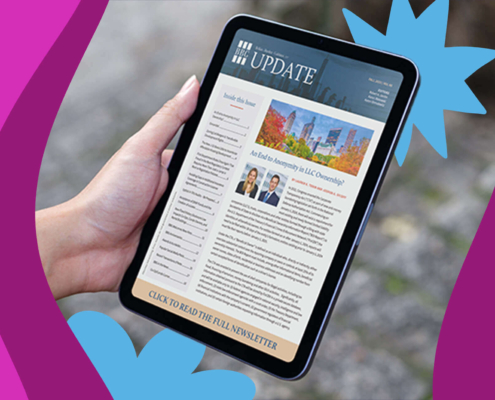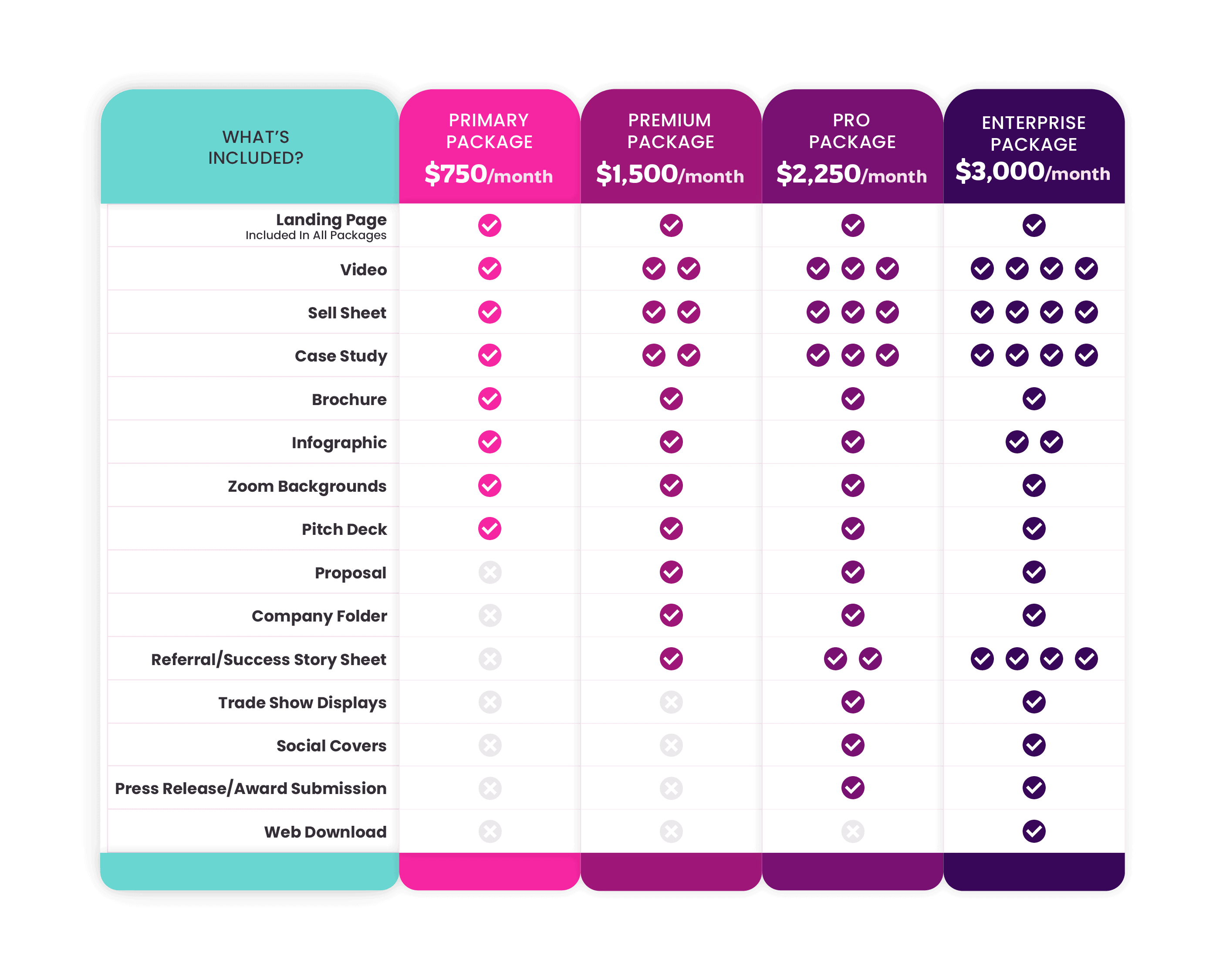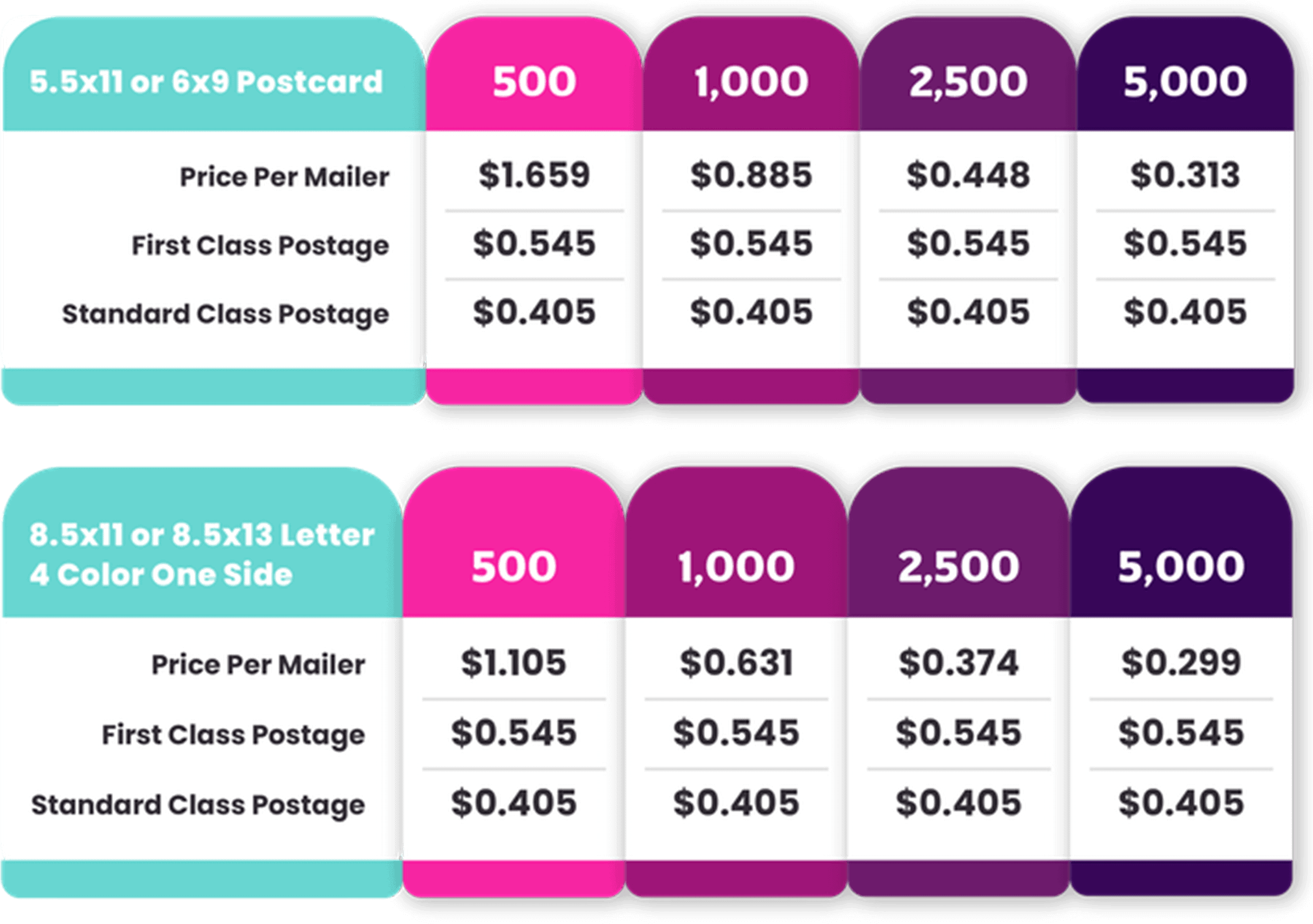How to Use Print Materials for Geomarketing
Geomarketing targets people based on where they are, making your marketing efforts more personalized and effective. It allows you to better connect with their preferences. That’s why local marketing strategies are becoming more important for businesses despite the growing popularity of digital marketing.
Similarly, print materials still matter! They capture local attention and create a strong connection with the community by reflecting local cultures and preferences.
What Goes Into Geomarketing?
Geomarketing means studying data about where your audience is to find the best places and ways to market. It’s about segmenting, targeting, and positioning your marketing based on where your audience is. The goal is to make your campaigns more relevant by matching them to the local scene.
Traditional marketing targets big groups with one-size-fits-all messages. Geomarketing zooms in on specific locations. It uses detailed data to craft messages that fit local demographics, buying habits, and cultures. This way, campaigns hit closer to home and meet the unique needs of the local audience.
Why Integrate Location Data Into Your Marketing Strategy?
Location data shows where your audience is, helps you spot high-potential markets, and steers you away from low-prospect areas. Combined with other demographic info, it helps you create highly targeted strategies that you can roll out across various channels, including print materials.
Success Stories in Print Geomarketing
- A national retailer used targeted flyers with region-specific offers and local imagery, achieving a 30% higher redemption rate than their standard flyers.
- A tourism board created postcards featuring lesser-known local attractions and distributed them within the region, significantly boosting local tourism and engagement from residents.
Types of Print Materials Used in Geomarketing
When planning your local marketing strategy, keep the following print materials in mind. Using these will help you connect with local audiences, ultimately driving more engagement and sales.
Direct Mail (Brochures, Postcards, Flyers)
Direct mail is one of the most personalized forms of print marketing, and it lets you communicate directly with consumers. Customize brochures, postcards, and flyers with local maps, success stories, or region-specific offers to really resonate with local needs.
Billboards and Other Outdoor Advertising
Billboards are bold and can be placed in high-traffic areas to attract a local crowd. Highlight local landmarks and culture to blend into the local scenery while promoting your product or service.
Customized Local Magazines and Newsletters
You can tailor these publications to local interests and preferences, making them a valuable part of your marketing efforts. Be sure to include localized ads, sponsored content, and community news when writing.
Point-of-Sale Materials
At retail locations, use posters, shelf talkers, and window clings to catch consumers’ eyes right when they’re ready to buy. Customize these materials with local promotions, regional products, or community events to enhance the shopping experience and boost local engagement.
How to Design Print Materials for Geomarketing
To make your print materials really pop, integrate geolocation data into the design. This means more than just mentioning a location—use maps, local landmarks, and culturally significant symbols that the local audience would understand.
Your print materials should visually and textually appeal to the local culture and aesthetic preferences. Use colors, imagery, language, and humor that align with local norms. For example, a campaign in a beach town might use vibrant colors and surf imagery, while one in an urban area might go for a sleek, modern look.
How to Integrate Geomarketing Into Your Strategy
Find Your Audience
Start by analyzing location data to find the demographics most likely to respond to your offerings. Look at things like age, income, shopping habits, and lifestyle choices in different areas.
Get Your Materials Out There
Distribute your print materials strategically by choosing smart locations like local businesses, community centers, or events where your target audience is likely to be. Time it with local events or seasons to boost visibility and engagement.
Keep an Eye on Reach and Effectiveness
Track how well your print campaigns are doing with traceable coupon codes, customer surveys, or sales data from the areas you targeted. This helps you tweak future campaigns and get better results.
How to Complement Print Materials With Digital Marketing
To make sure your strategy is smooth, use both print materials with digital ones. Your print materials can guide people to your website or social media, and digital campaigns can build excitement or follow up on print ads.
Bridge the Gap With QR Codes and URLs
Use QR codes and URLs in your print materials to easily connect people to your digital platforms. This keeps the interaction going and lets you track how well your print ads are working. For example, a flier for a local festival could have a QR code that links to event schedules or ticket sales!
Success Stories of Print and Digital Marketing Working Together
- A local cafe launched a new menu and sent out postcards with a QR code leading to a promo video. This got more people engaging online and visiting in person.
- A real estate company used brochures with a link to virtual property tours. This helped them reach more people and allowed potential buyers to explore properties online, boosting inquiries.
How to Track the Success of Your Print Geomarketing Campaigns
You can use a variety of tools to see how well your print marketing campaigns are working. Embed unique URLs, QR codes, and custom redemption codes in your print materials to track engagement and conversions. Analytics software can also help measure your campaign’s reach and impact by capturing data on customer interactions.
If a certain area isn’t engaging as much, you might tweak the message, design, or distribution strategy next time. By continuously monitoring, you can make real-time adjustments to keep your marketing in line with audience preferences and behaviors.
Considering ROI in Print Geomarketing
Figuring out the return on investment (ROI) for your print campaigns is key to knowing if they’re financially worthwhile. Balance the costs of production, distribution, and design against the revenue generated. By carefully tracking these expenses and outcomes, you can fine-tune your approach to get the most bang for your buck.
Key Takeaways
Even with the growth of digital marketing, print materials still have a big impact. They create a real connection with customers and, when targeted right, they grab attention like nothing else. Plus, combining print and digital is becoming more common, and new technology makes tracking easier. To stay ahead in local markets, you need to blend new tech with traditional print to connect with.
Spice Up Your Local Marketing Strategy With Creative Sweets!
Ready to take your marketing further? Creative Sweets can help you out! How about trying out geotargeted print materials in your target areas?
We’ll whip up customized print materials tailored to your local audience. Analyze the results, tweak your tactics with our expert advice, and watch your local engagement grow!



















